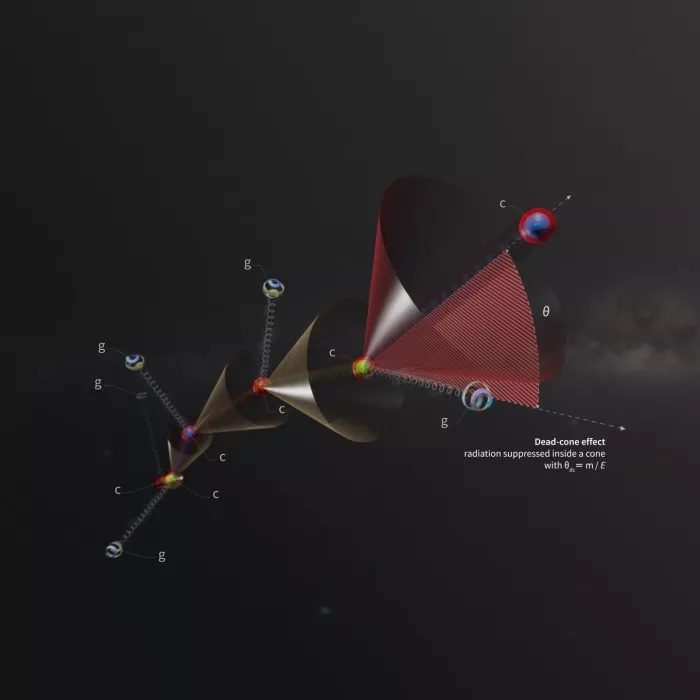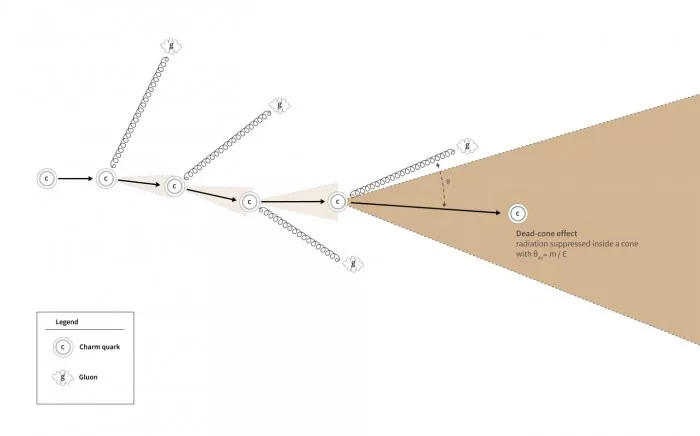*Researchers of the Alice cooperation project of the Large Hadron Collider (LHC) directly observed the dead corner effect for the first time * -- a basic feature of the strength theory, which combines quarks and gluons to form protons, neutrons and eventually all atomic nuclei. In addition to the results of a study published in the journal Nature on Thursday, the direct understanding of the charm effect is confirmed by the quark effect.

"Direct observation of dead corners has always been very challenging," said Luciano Musa, a spokesman for Alice. "However, by using the three-year data of proton proton collision from LHC and complex data analysis technology, we can finally uncover it."
Quarks and gluons, collectively referred to as partial molecules, are produced in particle collisions, such as those in the Large Hadron Collider. After their generation, partons undergo a series of events called "Parton shower". They lose energy by emitting radiation in the form of gluons, and gluons will also emit gluons. The radiation mode of this "rain" depends on the parton mass of the emitted gluon, and displays a region where the gluon emission is suppressed around the flight direction of the Parton - a dead corner.

Thirty years ago, according to the first principle prediction of the force theory, the dead angle was indirectly observed on the particle collider. However, it is still challenging to observe it directly from the radiation patterns of some sub rain. The main reason is that the dead corner may be filled with emitted particles, and it is difficult to determine the change direction of partons in the whole process of Parton rain.
The Alice collaboration overcame these challenges by applying state-of-the-art analytical techniques to large samples of proton proton collisions in LHC. These technologies can roll back in time from its final product, the signal left by the particle jet called the jet in the Alice detector. By looking for jets including particles containing charm quarks, researchers can identify jets created by this type of quarks and trace the entire gluon emission history of quarks. Then, comparing the gluon emission mode of charm quark with that of gluon and massless quark, it is found that the mode of charm quark has a dead angle.
This result also directly exposes the mass of charm quarks, because the theory predicts that massless particles have no corresponding dead angle.
"Quark mass is a basic quantity in particle physics, but they cannot be directly obtained and measured in experiments because quarks are limited to the interior of composite particles except the top quark," explained Andrea Dainese, coordinator of Alice physics. "We have successfully directly observed a dead corner of some sub rain, which may provide a method to measure quark mass."